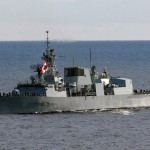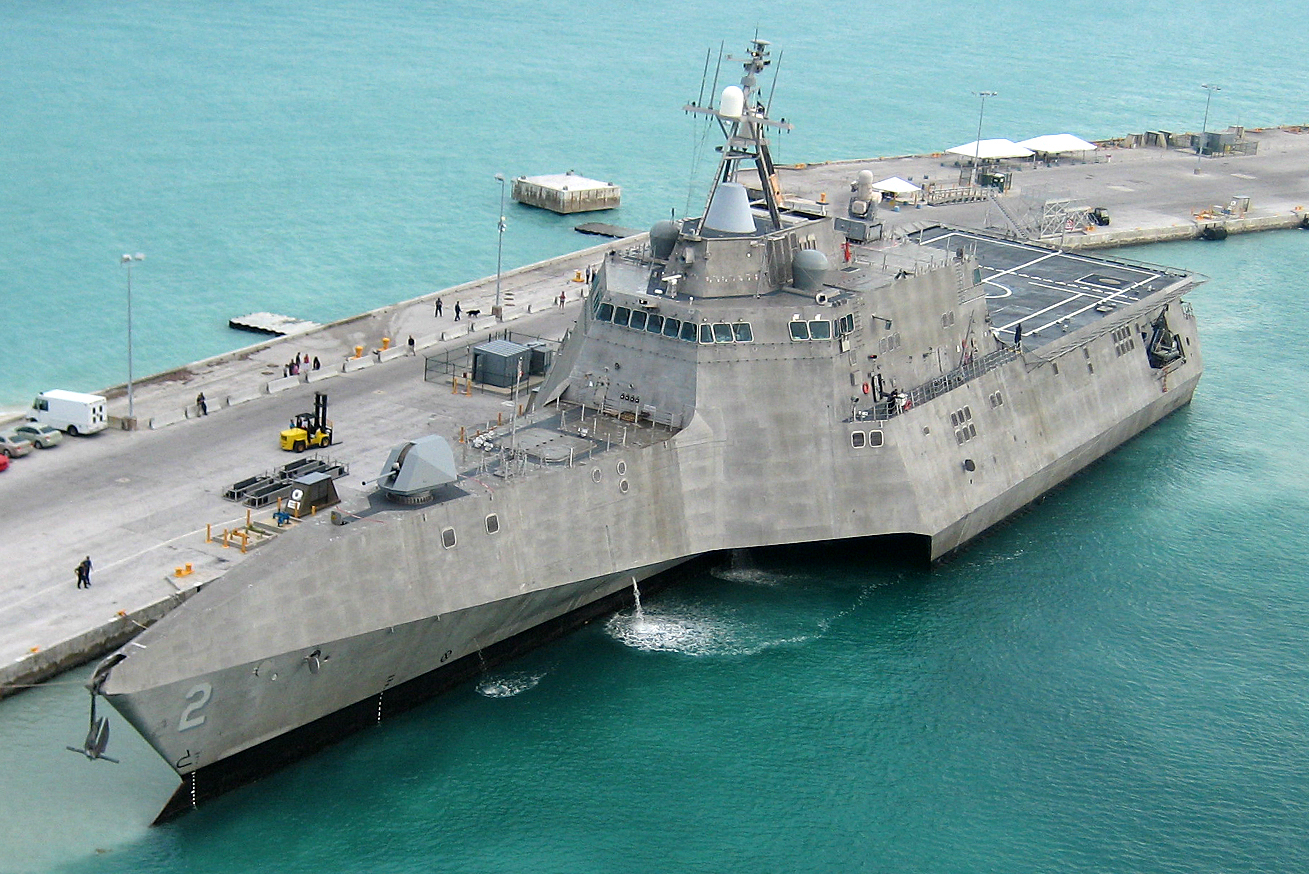The American defence establishment is hard at work, currently undergoing a period of intensive review. The Quadrennial Defence Review, to be issued next year, will assess the threats and challenges faced by the United States and set out long-term plans on how to develop American defence capabilities accordingly. At the same time, an update is expected soon for an important element of American maritime strategic guidance, Cooperative Seapower for the 21st Century.
In this period of reflection, there has been intense debate as to the effectiveness of a new class of vessel in the United States Navy, the Littoral Combat Ship (LCS). Over the past decade, American strategists have placed increased importance on securing littoral zones: shallow waters close to shore. While traditional frigates often have difficulty operating so close to shore or in such shallow waters, the littoral zone has come under increased threat in many of the world’s hot spots. For example, pirates frequently launch attacks from littoral waters. Should armed conflict break out over disputed islands in the South China Sea, another example, the capacity to operate in the littoral zone would be crucial.
Some critics assert that the particular design of the LCS is insufficient, citing the reduced survivability of the LCS in comparison to traditional frigate-class vessels. But the core intent behind the LCS is not for these ships to engage in long-ranged naval battles against heavier vessels. Rather, the LCS was designed to face off against asymmetric threats, such as pirates or insurgents employing patrol boats and fast attack craft. Unlike a traditional frigate or corvette, the LCS enjoys a number of unorthodox advantages: a lengthy flight deck, the capacity to transport troops and support them in an amphibious assault, and the potential to carry and deploy drones.
Though the LCS has its critics in the United States, there is increased interest in the design among American partners. Taiwan has expressed interest in procuring its own fleet of LCS to replace its aging frigates. The Indonesian Navy is apparently working to develop its own littoral ship based on popular American designs. The Royal Malaysian Navy is also in the midst of developing its own LCS equivalent, though there is debate as to whether these vessels will more closely approximate traditional corvette or patrol boat designs. Finally, Saudi Arabia and Israel have expressed interest in a modified version of the US ‘Freedom’ variant of LCS, though Israel subsequently dropped out of the project in favour of a domestically-designed frigate.

Depending on the performance of the current American complement of LCS’, and depending on the findings of the current US defence review process, the LCS may take on a greater role in the future US Navy. Current projections indicate that 52 of the US Navy’s 306 vessels will be LCS or LCS equivalent. With such a major shift underway, it may be necessary for Canadian military planners to reflect on whether the Royal Canadian Navy is capable of supporting the US and other allies in the littorals of potential conflict zones. During the 2011 intervention in Libya, HMCS Charlottetown reportedly provided protection for the port of Misrata, fighting off forces loyal to Muammar Qaddafi who launched attacks on the port from patrol boats and fast attack craft. The port defence and coastal patrol provided by HMCS Charlottetown involved operating close to the littorals, suggesting that the Royal Canadian Navy could provide support to the US Navy even with current capabilities. However, it should be noted that the LCS can go places Canada’s Halifax-class frigates simply cannot; for example, the LCS has a draft of 3.9 metres, whereas the Halifax-class has a draft of 7.1 metres, meaning the LCS can travel through much shallower waters.
As the Canadian government continues to implement the National Shipbuilding Procurement Strategy, it is unclear whether the future of the Royal Canadian Navy will also entail the capacity to join allies in securing littorals. Plans are going forward to replace the Halifax-class frigate and the Iroquois-class destroyer with a new Single Class Surface Combatant in the coming years. Yet details of the new design are still few and far between. As the US Navy intends to deploy significant numbers of LCS to African theatres in place of frigates and destroyers, Canada’s future naval mainstay may also be more capable of operating in shallow waters than the Halifax or the Iroquois vessels. However, if the Single Class Surface Combatant adheres to a more traditional definition of a frigate, there is a risk that the Royal Canadian Navy will lack interoperability with allied naval forces.




